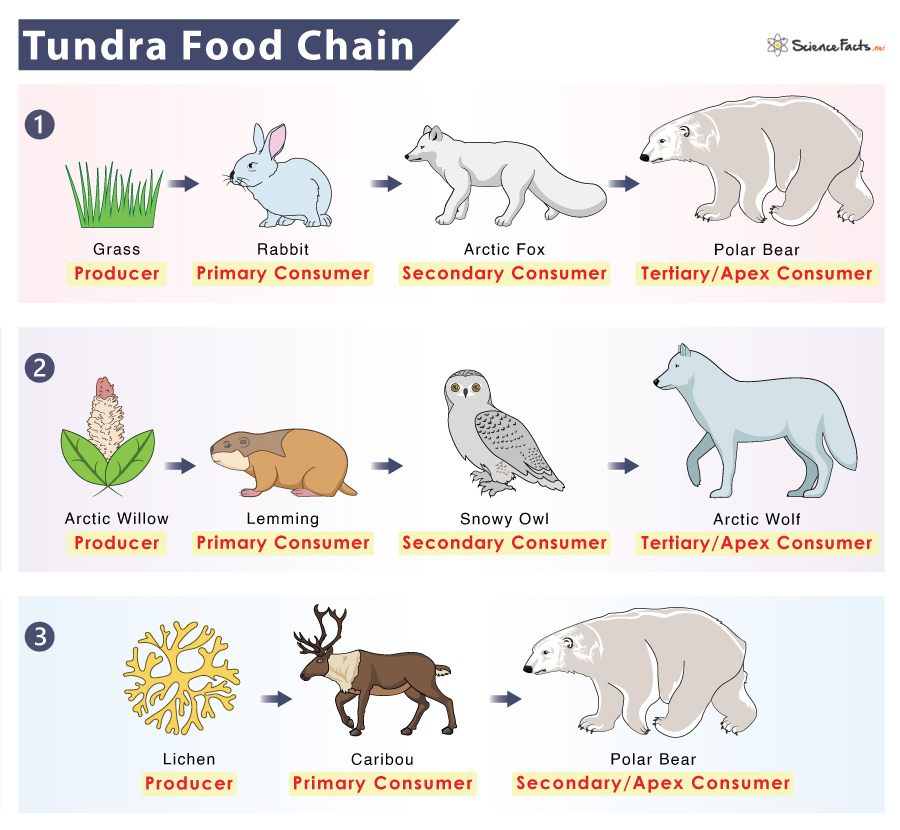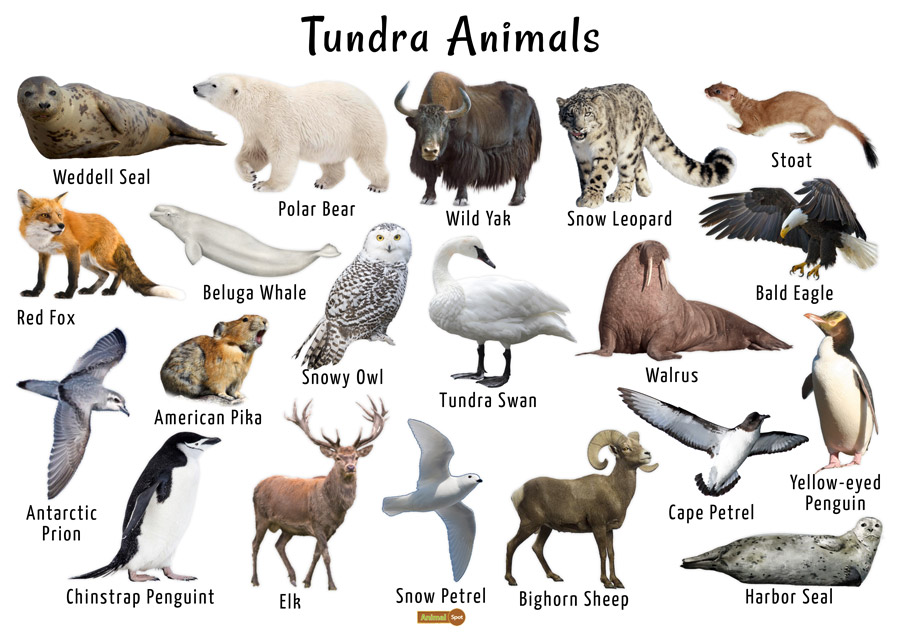Topic forest ecosystem: Explore the vibrant heart of our planet through the lens of a forest ecosystem, a crucial nexus of biodiversity, environmental balance, and ecological services vital for life on Earth.
Table of Content
- What are the components of a forest ecosystem?
- Understanding Forest Ecosystems
- Types of Forest Ecosystems: Tropical, Temperate, Boreal, and Savanna
- Key Components of Forest Ecosystems: Flora, Fauna, Soil, and Climate
- The Role of Forests in Biodiversity and Habitat Provision
- Forest Ecosystem Services: Air and Water Purification, Carbon Sequestration
- Threats to Forest Ecosystems: Deforestation, Climate Change, and Pollution
- YOUTUBE: Understanding Forest Ecosystems
- Conservation Strategies and Sustainable Management of Forest Ecosystems
- Forest Regeneration and the Importance of Reforestation
- The Impact of Human Activities on Forest Ecosystems
- Emerging Research and Technologies in Forest Ecology
What are the components of a forest ecosystem?
A forest ecosystem is made up of several key components:
- 1. Trees: Trees are the defining feature of a forest ecosystem. They serve as the primary producers, converting sunlight into energy through photosynthesis.
- 2. Other Plants: Besides trees, a forest ecosystem contains various shrubs, grasses, mosses, and other types of plants that contribute to the overall biodiversity of the ecosystem.
- 3. Animals: Forest ecosystems support a wide range of animal species, including mammals, birds, reptiles, amphibians, and insects. These animals play important roles in the ecosystem through pollination, seed dispersal, and controlling the populations of other organisms.
- 4. Microorganisms: Forest soils are teeming with microorganisms like bacteria, fungi, and protozoa. These microorganisms are responsible for nutrient cycling, decomposition, and maintaining soil health.
- 5. Abiotic Factors: Forest ecosystems are influenced by various abiotic factors such as sunlight, temperature, humidity, precipitation, and soil composition. These factors determine the types of plants and animals that can thrive in a particular forest.
Overall, a forest ecosystem is a complex web of interactions between living organisms and their physical environment, working together to maintain a healthy and balanced ecosystem.
READ MORE:
Understanding Forest Ecosystems
A forest ecosystem encompasses the intricate interplay of plants, animals, microorganisms, and the physical environment in forested areas. It"s a dynamic living network where each component plays a vital role in maintaining the health and balance of the whole system. Understanding forest ecosystems is crucial for appreciating their value and the necessity of their conservation.
- Components: Includes trees, shrubs, herbs, birds, mammals, insects, fungi, and microorganisms.
- Functions: Forest ecosystems are essential for carbon sequestration, oxygen production, soil preservation, and water cycle regulation.
- Biodiversity: They are some of the most biodiverse habitats on earth, supporting a vast array of species.
- Interactions: The components interact in complex ways, including food webs, nutrient cycling, and habitat provision.
- Types: Range from tropical rainforests to temperate deciduous forests and boreal forests, each with unique characteristics and species.
Forest ecosystems are not just collections of trees but are complex, interconnected systems that sustain life and contribute to the global environment in profound ways. Their health and continuity are essential for the planet"s biodiversity, climate regulation, and human well-being.
:max_bytes(150000):strip_icc()/489034241_5-56af62885f9b58b7d0183204.jpg)
Types of Forest Ecosystems: Tropical, Temperate, Boreal, and Savanna
Forest ecosystems are categorized based on their geographic location, climate, and the types of flora and fauna they support. Understanding these types enables better appreciation and conservation efforts.
- Tropical Forests: Located near the equator, characterized by high biodiversity, constant warm temperatures, and significant annual rainfall. They are crucial for carbon storage and home to more than half of the Earth"s plant and animal species.
- Temperate Forests: Found in both hemispheres with distinct seasons. These forests consist mainly of deciduous trees which shed leaves annually, offering a diverse habitat for a variety of species and playing a key role in water regulation.
- Boreal Forests (Taiga): These are the world"s largest land biome, encircling the high northern latitudes, predominantly composed of coniferous trees like pine, spruce, and fir. They have a cold climate with short, wet summers and long, cold winters.
- Savanna Forests: Characterized by a mix of woodland and grassland, found in regions with a seasonal rainfall pattern. These ecosystems support a wide range of life, from large mammals to diverse bird species, and are important for maintaining biodiversity.
Each forest type offers unique ecosystem services, including climate regulation, oxygen production, and biodiversity conservation, highlighting the importance of protecting these vital natural resources.
Key Components of Forest Ecosystems: Flora, Fauna, Soil, and Climate
Forest ecosystems are complex and dynamic environments that rely on several key components to function effectively. Each component interacts with others to maintain the ecosystem"s health and productivity.
- Flora: The plant life in a forest ecosystem includes a wide variety of trees, shrubs, herbs, and mosses. These plants are the primary producers, converting sunlight into energy through photosynthesis, which supports the rest of the ecosystem.
- Fauna: Animal life, from the smallest insects to the largest mammals, plays critical roles in pollination, seed dispersal, and maintaining the balance of various populations within the ecosystem.
- Soil: A rich and complex component, soil supports plant life by providing essential nutrients, water, and a medium for root systems. It also houses a vast array of microorganisms that contribute to decomposition and nutrient cycling.
- Climate: The overall weather patterns, including temperature, precipitation, and sunlight, significantly influence the types of flora and fauna that can thrive in a forest ecosystem. Climate affects the growing seasons, decomposition rates, and water availability.
Understanding these components and their interactions is crucial for the conservation and management of forest ecosystems, ensuring they continue to provide vital services for the planet.

The Role of Forests in Biodiversity and Habitat Provision
Forests play an indispensable role in maintaining global biodiversity and providing habitats for countless species. They act as reservoirs of genetic diversity and offer a variety of niches for different life forms.
- Refuge for Species: Forests offer shelter and food resources for a vast array of organisms, from the smallest insects to large mammals, contributing to their survival and proliferation.
- Biodiversity Hotspots: They are considered biodiversity hotspots, harboring a significant portion of the world"s species, many of which are endemic and cannot be found elsewhere.
- Ecosystem Services: Beyond habitat provision, forests support pollination, seed dispersal, nutrient cycling, and carbon sequestration, which are essential for ecosystem health and human well-being.
- Climate Regulation: By influencing climate and weather patterns, forests contribute to the stability of global and local climates, benefiting both terrestrial and aquatic ecosystems.
- Conservation and Restoration: Protecting and restoring forest ecosystems is crucial for conserving biodiversity, supporting ecosystem functions, and mitigating the impacts of climate change.
The conservation of forest ecosystems is therefore vital for maintaining biodiversity, ensuring the provision of ecosystem services, and supporting the complex web of life on which we all depend.
Forest Ecosystem Services: Air and Water Purification, Carbon Sequestration
Forests provide essential ecosystem services that contribute significantly to environmental health and human well-being. Understanding these services highlights the importance of forests in maintaining a balanced ecosystem.
- Air Purification: Forests act as natural air filters, removing pollutants from the atmosphere through the process of photosynthesis. Trees absorb carbon dioxide and other harmful gases and release oxygen, improving air quality and supporting life.
- Water Purification: Through their root systems, forests filter rainwater, reducing sediment and pollutants in water bodies. This natural filtration process ensures cleaner water sources for wildlife and human consumption.
- Carbon Sequestration: Forests play a critical role in mitigating climate change by absorbing carbon dioxide from the atmosphere and storing it in biomass and soil. This process reduces the overall concentration of greenhouse gases, helping to regulate the Earth"s climate.
These ecosystem services are invaluable, supporting biodiversity, stabilizing climate, and providing clean air and water. Protecting and expanding forested areas is crucial for sustaining these benefits for future generations.
:max_bytes(150000):strip_icc()/497408077-56af61ff3df78cf772c3c309.jpg)
Threats to Forest Ecosystems: Deforestation, Climate Change, and Pollution
Forest ecosystems face numerous threats that jeopardize their health, biodiversity, and the services they provide to the planet and humanity. Understanding these threats is crucial for effective conservation and sustainable management efforts.
- Deforestation: The clearing or thinning of forests for agriculture, logging, and urban development leads to habitat loss, decreased biodiversity, and disruption of carbon and water cycles.
- Climate Change: Altered weather patterns, increased temperatures, and more frequent and severe natural disasters affect forest health, productivity, and species distribution, making ecosystems more vulnerable to pest and disease outbreaks.
- Pollution: Air, water, and soil pollution from industrial, agricultural, and urban sources introduce harmful substances into forest ecosystems, affecting both flora and fauna. Acid rain, for instance, can significantly impact soil and water quality, harming trees and other vegetation.
Addressing these threats requires global cooperation, sustainable practices, and policies that prioritize forest conservation and restoration to ensure the long-term health and resilience of forest ecosystems.
Understanding Forest Ecosystems
\"Discover the keys to understanding complex concepts in our latest video! Explore the ins and outs of various subjects and gain valuable insights that will expand your knowledge and broaden your perspective. Let\'s dive deep together!\"
The Forest Ecosystem
\"Step into the vibrant world of the ecosystem in our captivating video! Uncover the delicate balance between organisms and their environment, and witness the fascinating interconnections that sustain life on our planet. Get ready for an awe-inspiring journey through nature\'s intricate tapestry!\"
Conservation Strategies and Sustainable Management of Forest Ecosystems
Effective conservation and sustainable management of forest ecosystems are crucial for maintaining their health, biodiversity, and the ecosystem services they provide. A multi-faceted approach is necessary to address the challenges facing forests today.
- Protected Areas: Establishing and expanding protected forest areas to conserve biodiversity and habitat, preventing deforestation and degradation.
- Sustainable Forestry Practices: Implementing forestry practices that maintain forest health and productivity, such as selective logging, controlled burns, and the protection of waterways.
- Reforestation and Afforestation: Restoring deforested or degraded land and planting trees on previously non-forested land to increase forest cover, enhance carbon sequestration, and restore ecosystem services.
- Community Involvement: Engaging local communities in forest management to ensure that conservation efforts meet both ecological and socio-economic needs, promoting stewardship and sustainable livelihoods.
- Policy and Legislation: Developing and enforcing laws and policies that promote forest conservation, regulate land use, and reduce the impact of threats such as illegal logging and land conversion.
- Climate Change Mitigation: Strategies to enhance forest resilience to climate change, including genetic diversity conservation, adaptive management practices, and ecosystem restoration.
- Research and Monitoring: Supporting research on forest ecology and monitoring forest health and trends to inform management decisions and adapt strategies as needed.
By integrating these strategies, it is possible to manage forest ecosystems sustainably, ensuring they continue to support biodiversity, provide essential ecosystem services, and contribute to global environmental health.

Forest Regeneration and the Importance of Reforestation
Forest regeneration and reforestation are vital processes for the sustainability of forest ecosystems, contributing to biodiversity, carbon sequestration, and the recovery of areas affected by deforestation or natural disturbances.
- Natural Regeneration: This method relies on the natural recovery process, where forests regrow spontaneously from existing seeds, roots, or stumps. It is cost-effective and promotes a more diverse and resilient ecosystem.
- Reforestation: Involves the deliberate planting of trees in areas where forests have been removed or degraded. It is crucial for restoring ecosystem services, such as habitat provision, water regulation, and carbon storage, and for reversing the effects of deforestation and climate change.
- Benefits of Reforestation: Enhances biodiversity, improves air and water quality, stabilizes soils, and increases carbon sequestration, mitigating the impact of greenhouse gas emissions.
- Strategies for Success: Effective reforestation requires selecting appropriate tree species, considering local conditions, and ensuring proper care and management of new plantings to ensure survival and growth.
The importance of forest regeneration and reforestation cannot be overstated. These processes are critical for maintaining the health of our planet, supporting wildlife, and providing essential resources and services for human well-being.
The Impact of Human Activities on Forest Ecosystems
Forest regeneration and reforestation are vital processes for the sustainability of forest ecosystems, contributing to biodiversity, carbon sequestration, and the recovery of areas affected by deforestation or natural disturbances.
- Natural Regeneration: This method relies on the natural recovery process, where forests regrow spontaneously from existing seeds, roots, or stumps. It is cost-effective and promotes a more diverse and resilient ecosystem.
- Reforestation: Involves the deliberate planting of trees in areas where forests have been removed or degraded. It is crucial for restoring ecosystem services, such as habitat provision, water regulation, and carbon storage, and for reversing the effects of deforestation and climate change.
- Benefits of Reforestation: Enhances biodiversity, improves air and water quality, stabilizes soils, and increases carbon sequestration, mitigating the impact of greenhouse gas emissions.
- Strategies for Success: Effective reforestation requires selecting appropriate tree species, considering local conditions, and ensuring proper care and management of new plantings to ensure survival and growth.
The importance of forest regeneration and reforestation cannot be overstated. These processes are critical for maintaining the health of our planet, supporting wildlife, and providing essential resources and services for human well-being.

READ MORE:
Emerging Research and Technologies in Forest Ecology
Forest ecology is witnessing a transformation through the advent of advanced research methodologies and technologies. This evolution marks a significant shift towards more sustainable and informed forest management practices. Emerging technologies such as LiDAR (Light Detection and Ranging) and hyperspectral imaging, combined with machine learning algorithms, are at the forefront of this change, offering unprecedented insights into forest structure, dynamics, and health.
LiDAR technology has proven especially valuable for mapping and monitoring forest vegetation, allowing ecologists to accurately measure forest canopy structure and ground cover. This technique provides critical data for assessing forest health, biomass estimation, and biodiversity conservation efforts. Moreover, the integration of LiDAR with other remote sensing technologies enhances the capability to monitor large forest areas with high precision, contributing significantly to forest restoration projects and wildfire risk assessment.
On the other hand, hyperspectral imaging, coupled with machine learning, is revolutionizing forest phenomics by enabling the non-invasive examination of tree health and the detection of symbiotic fungal interactions within forests. This approach facilitates a deeper understanding of forest biodiversity and ecosystem functioning. By analyzing the nutrient content of canopy needles and predicting chlorophyll content in a non-destructive manner, researchers can now optimize seedling cultivation, improve yield and quality, and support sustainable forest management practices.
Furthermore, the application of sensor technology extends to the forest-based food industry, highlighting its utility in quality assurance and genetic selection. The use of hyperspectral imaging for predicting characteristics like soluble sugar content in chestnuts exemplifies its potential, offering a non-destructive assessment method crucial for both producers and consumers.
These technological advancements underscore a pivotal shift towards data-driven decision-making in forest ecology, promising innovative solutions to global challenges such as climate change, biodiversity loss, and food security. The ongoing research and development of these technologies continue to enrich our understanding of forest ecosystems, paving the way for sustainable forest management and conservation strategies.
Discover the intricate beauty and vital importance of forest ecosystems, where cutting-edge research meets technology to unlock secrets of biodiversity and sustainability, inspiring a greener future for our planet.





:max_bytes(150000):strip_icc()/tundra-58bf1be55f9b58af5cc29755.jpg)
:max_bytes(150000):strip_icc()/GettyImages-901482062-6470b1099c6a47a881f9a22d7bca0d0a.jpg)






